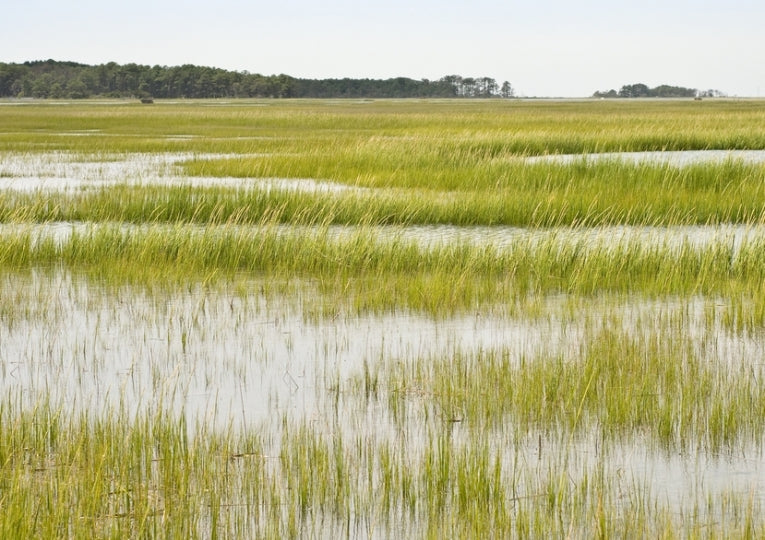On 2nd February 1971 the signing of an important convention took place in the Iranian city of Ramsar on the shores of the Caspian Sea. Due to its location it is generally known as the Ramsar Convention, but it is more properly called the International Convention of Wetlands of International Importance.
Initially 21 nations signed up as contracting parties, but over the years this number has risen to 163.
In 1997 it was decided to celebrate the date of the original signing of the convention by establishing a World Wetlands Day. This would enable government agencies, non-governmental organisations and groups of citizens at all levels of the community to undertake activities that are aimed to raise public awareness of the values and benefits of wetlands, their conservation and their wise use.
Activities now include seminars, nature walks, festivals, launches of new policies, announcement of new sites, newspaper articles, radio interviews and wetland rehabilitation.
The United Nations has declared 2013 to be the International Year of Water Co-operation and the theme for World Wetlands Day 2013 is Wetlands and water management.
Wetlands provide important hydrological functions such as the recharging of groundwater, the improvement of water quality and flood alleviation. The health of wetlands depends on the quality and quantity of the water that reaches them. To secure their conservation and wise use it is essential that they are managed in the wider context of catchment-scale water resource management.
All living organisms contain water and depend on it in order to maintain survival. It is crucial for all biodiversity, including mankind and it is a dominant component in a wide range of ecosystems.
The Ramsar definition of "wetlands" is a broad one. In addition to lakes and marshes it also includes areas such as coral reefs, peat forests, temporary pools, underground caves and any other system where water is found.
The benefits of naturally functioning wetlands are often under-appreciated. In fact they provide important services to people's livelihoods and well-being. These include being a vital source of food and fibre, flood protection, water purification and the provision of a water supply, as well as having cultural values as a source of recreation.
But as mankind has developed his use for water, the world's wetlands have become vulnerable.
Dam construction has changed the course and ecology of rivers; pollution has become a serious issue; excessive water extraction has upset the natural balance; development of tourism activities has threatened the biodiversity of lakes; fens, mires and bogs are being exploited industrially or are being converted into agricultural land.
Wetlands are also extremely important as the habitat of a large number of birds and other wild life. At least 12% of all globally threatened birds, 146 species, depend on wetlands. 69% of Important Bird Areas in Europe contain wetlands.
The Ramsar list of Internationally Important Wetlands now includes 2,065 sites worldwide, with a total area of 761,963 square miles. This is an area that is larger than France, Germany, Belgium, the Netherlands, Spain, Portugal and the United Kingdom combined, or nearly three times the size of Texas. The country with the highest number of sites (168) is the United Kingdom and the country with the greatest area of wetlands is Canada.
Many countries have now developed their own National Wetlands Policies that give a national implementation of the convention. In the years since the convention's original signing, things have naturally moved on. Today the convention's activities include everything from groundwater modelling to sustainable fisheries, climate change, disaster mitigation, economic incentives and indigenous culture.
In her message to mark World Wetlands Day 2013, Anada Tiega, Secretary General of the Ramsar Convention on Wetlands said that, "this year is a fine opportunity to look at the water challenges facing the world and some possible solutions. It is a fine opportunity... to reinforce the understanding of the critical link between wetlands and water; without wetlands there would be no water - and without water there would be no wetlands.
"World Wetlands Day this year gives a chance for all of us working for wetlands to convince those who manage water that wetlands are not competitors for water but rather they are essential components of water infrastructure, providing a clean source and store of freshwater."
World Wetlands Day 2013 is on Saturday 2nd February.










